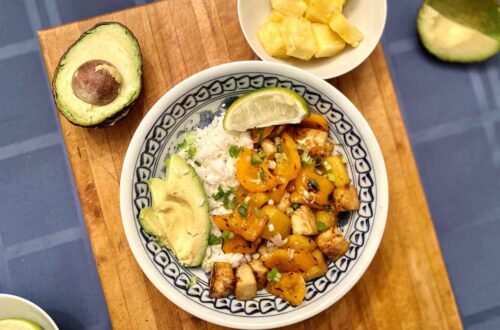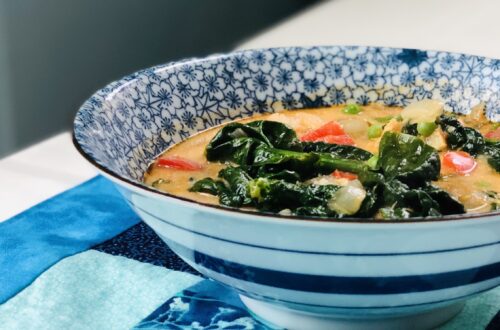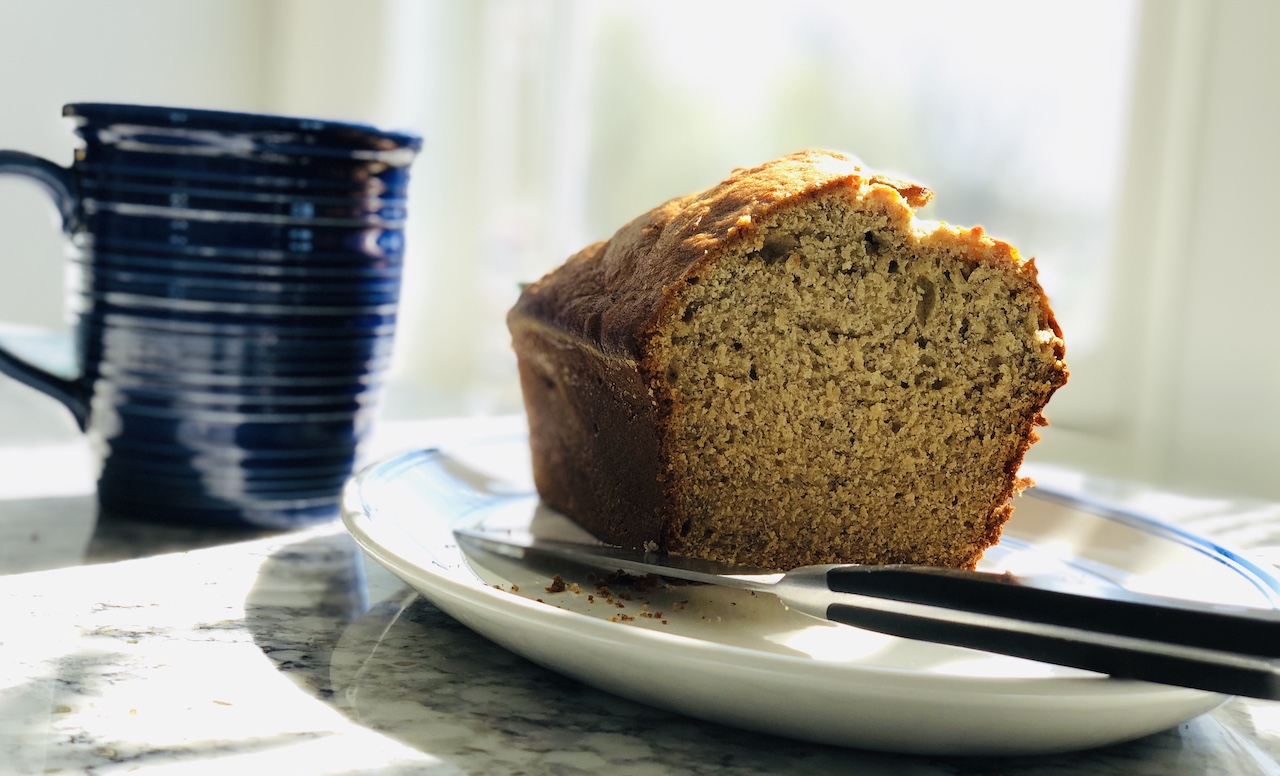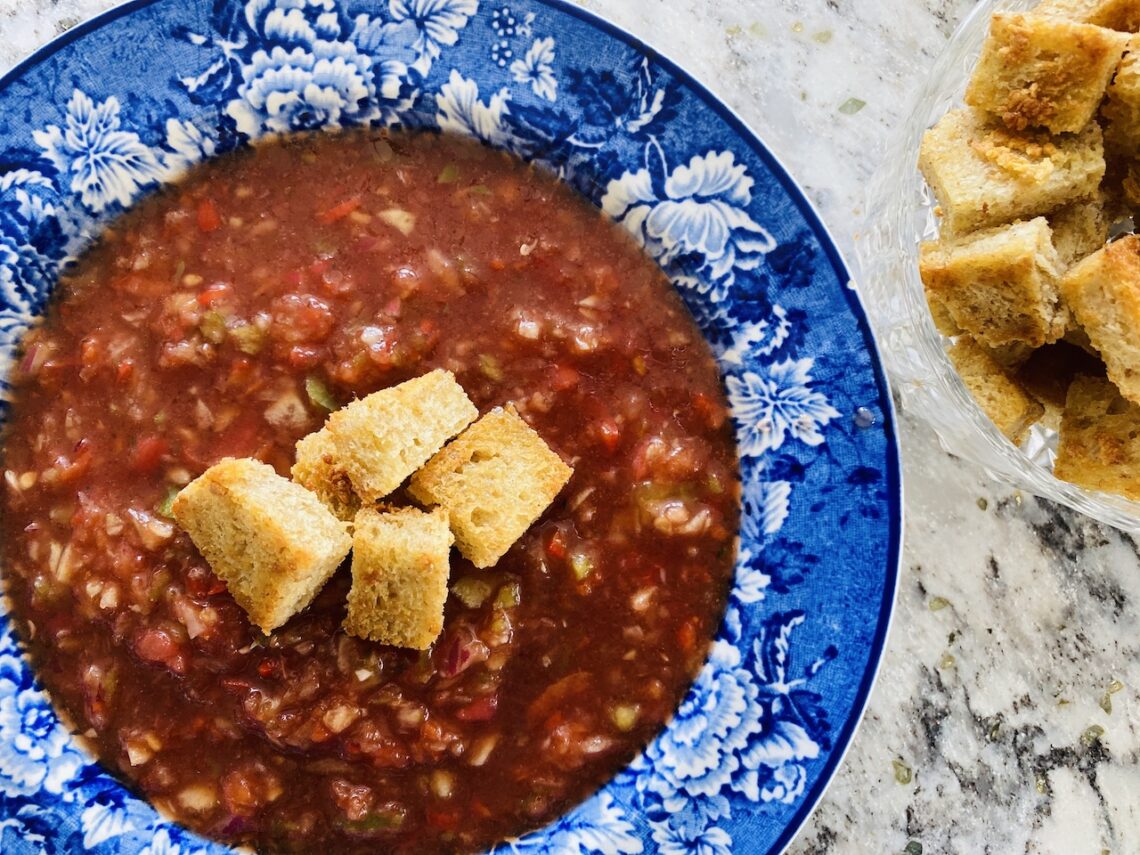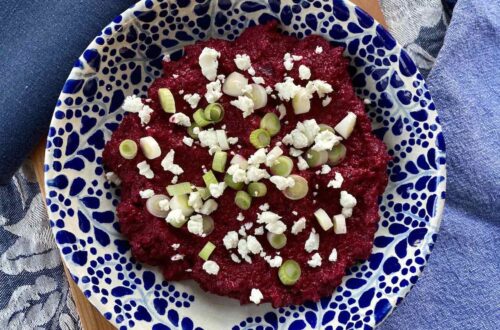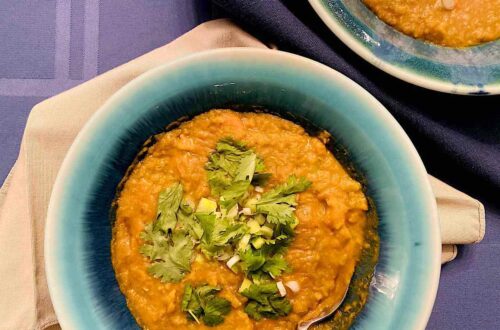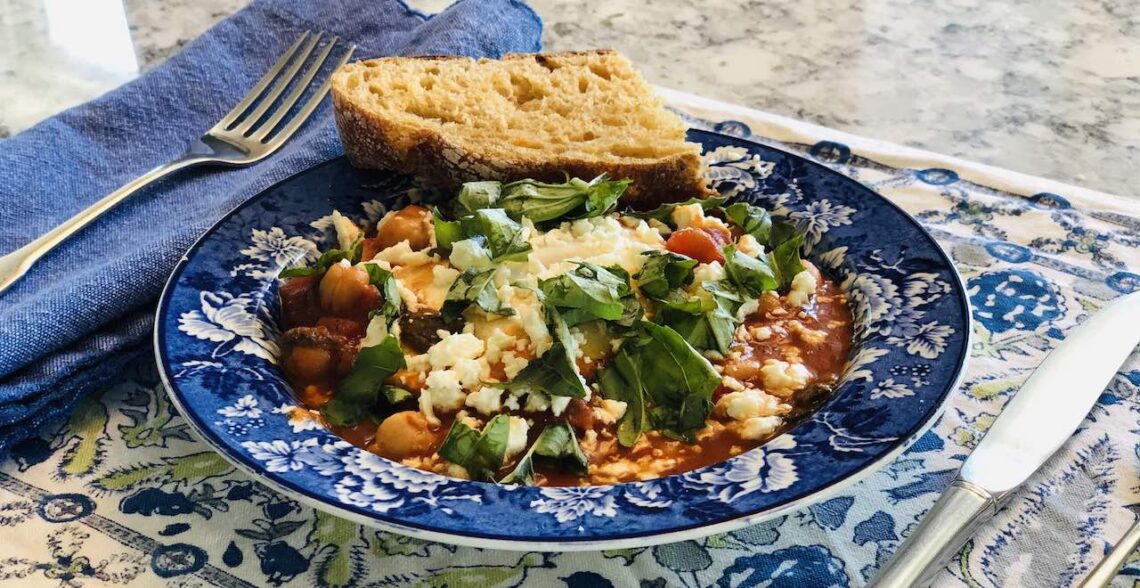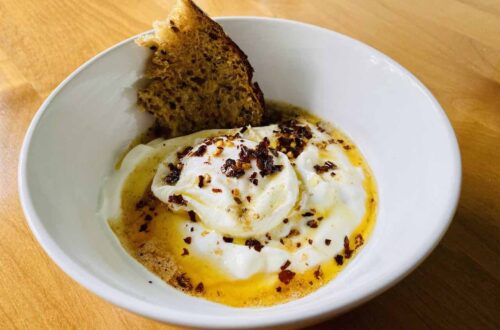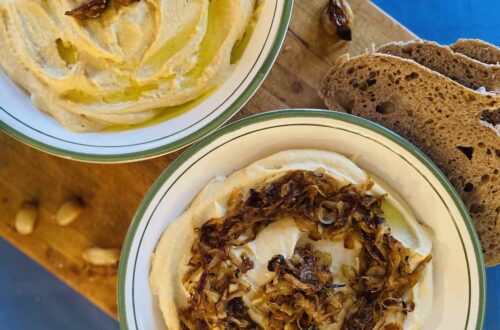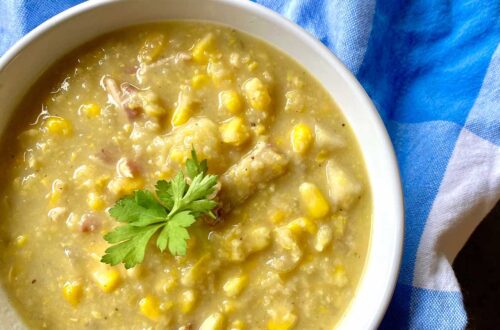-
Rugelach
In honor of Hanukkah, I made rugelach this week. Having never eaten homemade rugelach, I only had memories of dry, crumbly cookies. But the pandemic has instilled in me a desire to hold on to traditions – even ones I’ve never followed before. These small, crescent-shaped cookies are perfect for cold December evenings. They are flaky, crunchy, and just the right amount of sweet. (I gave some to a 90-year-old friend, Polly, who said they “tasted like Hanukkah.”)
Enough about rugelach – and on to this week’s ingredient: sugar. Sugar comes from both sugarcane and sugar beet. Unfortunately, both supply chains are rife with environmental and labor abuses, including forced and child labor. According to the US Department of Labor, sugarcane and sugar beet are both produced with forced and/or child labor in at least 20 countries across Asia, Africa, and Central and South America.
-
Levain Chocolate-Chip Walnut Cookies
Today’s topic is cocoa. Full disclosure: I spend a lot of my real working life working on issues related to child labor in the cocoa industry, which made it was really hard to keep this post short. (Sorry!) For weeks I’ve been searching for the right recipe for chocolate – something a little different, but not too difficult. Luckily, last week a friend raved to me about Levain cookies. Levain cookies come from New York City’s Levain Bakery, which apparently is very well-known. As a true Midwesterner, I had never heard of the bakery or the cookies, but was fascinated by the idea of a chocolate chip cookie the size of a small cake. I have no idea if these cookies actually taste like the ones at Levain Bakery, but I do know that they are incredible – and really intense. After giving away one, I pretty quickly received a text message: “Oh my God, that cookie is amazing.” They truly are. These cookies should be just cooked, golden brown on top and still gooey in the middle.
But enough about the cookie. Let’s focus on the cocoa industry, which like many commodities, has a largely hidden supply chain and a number of human rights issues. Cocoa beans are found in cocoa pods, which grow on trees. These cocoa trees can only grow in certain latitudes – between 20 degrees north and 20 degrees south of the equator. Much of the world’s cocoa – at least 60 percent – is produced in Cote d’Ivoire and Ghana. This includes most “bulk” cocoa that goes into candy, chocolate chips, Nutella, and most of what you probably buy. Unfortunately, the West African cocoa industry has numerous problems, including low wages for farmers, high incidences of child labor and forced child labor, and it is a leading cause of deforestation in Cote d’Ivoire.
-
Eggplant with Minty Tomato Sauce and Yogurt
The first year I lived in Berlin, my roommate and I cooked a lot. That year I learned to roast a chicken, not be scared of baking things I’d never heard of, and to put a lot of salt into pasta water. This dish – eggplant with minty tomato sauce and yogurt – was one of our staples, something we’d often make after coming home from a long day or for friends on the weekend. I’m not sure why, but I stopped making it for a number of years. When I decided to cook it this summer, I had no idea where I had gotten the recipe from. A quick google search showed me it is one of Madhur Jaffrey’s recipes, which explains why it’s so good. I’ve always loved eggplant, and the combination of spice and cumin cut by the creamy yogurt is a great late summer dish.
There is a lot to say about eggplants, olive oil, and tomatoes, but today’s post focuses on spices, specifically cumin. Cumin is the second most popular spice in the world, just behind pepper. Historians believe that it was first grown in Egypt, along the Nile, where it was used in the mummification process. The Greeks and Romans also used cumin, although they associated the spice with greed. Cumin didn’t remain in the Mediterranean, but spread around the world. It traveled east to Persia and then to India, as well as west to Spain and from there to North and South America. This spread of cumin explains why it is found in so many different food cultures: Indian, Iranian, Middle Eastern, Mediterranean, Mexican, Cuban, and many more.
-
Blueberry-Peach Pie
When I was a child, vacation meant pie. Key lime pie, strawberry rhubarb pie, but most importantly, blueberry peach pie. In my memory, this was the perfect pie: not too sweet, just tart enough, with a flaky crust. We would pick it up from a pie stand on the side of the road and I would hold it carefully on my lap on the ride home, feeling the heat from the freshly baked pie through the container. That pie stand disappeared some years ago, but since then I’ve been trying to recreate this perfect pie. I’ve spent years trying out different crusts – all butter, with vodka, butter and shortening – but just one tablespoon of apple cider vinegar here makes all the difference. The filling is sweet but still a little tart, with no cornstarch and no frozen berries: just the best pie dough I can imagine with that perfect mix of blueberries and peaches.
Blueberries are the focus today, since here in the Midwest we are at the height of blueberry season. The US is the world’s largest producer of blueberries, producing an estimated 690 million pounds in 2016. Despite the large domestic production, the US is actually a net importer of blueberries, due to the large imports during the winter months when they don’t grow in the US. In 2017, the US imported 137.8 million pounds of fresh blueberries, over half of which came from Chile.
-
Gazpacho
Gazpacho is one of the true joys of summer, along with picnics in the park and reading on the beach. As July begins and real summer hits Chicago – hot and humid, and miraculously, this year perfectly sunny – it’s time for gazpacho. For years my mother made this recipe and I always loved it. When I finally asked her for it, I realized just how simple it is. You chop up some vegetables and mix them together with liquid, and then wait for the soup to get cold. That’s it. But despite its simplicity, there’s something special about it – especially when you add the crunch of the croutons to it.
I’ll stop raving about the gazpacho and get to the main ingredient: tomatoes. I know that I’ve already written about tomatoes and that there are a lot of ingredients I haven’t yet discussed. But it’s the middle of summer and a great time for socially distanced picnics, so I want everyone to be able to enjoy this recipe. For this post, I focus on tomatoes from Italy, which is a large producer of processed tomatoes. In 2018 Italy exported 1.74 billion Euros worth of processed tomatoes – 53 percent canned tomatoes, 35 percent tomato paste, and the remaining 12 percent of tomato sauce.
-
Chickpea and Spinach Shakshuka
Last summer I was studying for the bar and decided to stay in my law school apartment – with no air conditioning. It was fine for the first four weeks, but in the few days before I moved out the real New England summer hit. It was in the mid-90s and humid, and my apartment seemed to suck in all the heat from the street. I dripped with sweat just sitting in my kitchen, as I re-learned contract law and tried to understand what a secured transaction was. One night, desperate for decent food but too lazy to go buy any, I looked around my kitchen and found a jar of tomato sauce, a can of chickpeas, and frozen spinach. I went to my computer, googled “tomato sauce chickpeas spinach” and this recipe popped up. In that moment, I was hoping for a mediocre dinner and instead I got this.
This is a simple recipe. It’s made using a jar of tomato sauce (for my European friends, I’d suggest cooking down about two cans of tomatoes into a sauce with onions and basil), chickpeas, and spinach – the perfect pandemic dinner. But despite its simplicity, the milk provides a creaminess that makes the tomato sauce richer. And let’s be honest, yolky eggs in just about anything are delicious.
-
Thai-Inspired Shrimp and Vegetable Soup
I stumbled across this soup during the early days of the pandemic and instantly fell in love with it. I was cooking it while on Zoom with friends one Saturday night when, from off screen, they heard a “yummmmm, wow!” as I stirred and tasted it. Still, even as I was tasting it, I realized it was missing something – vegetables. And so, the spinach and peas made their way into the soup, never to leave. Without these vegetables, it’s a good soup with a warm, rich broth – and shrimp! But with them, it’s a full and filling meal (plus it’s helped to convince my mother that I do, in fact, eat vegetables). Because I was cooking this during the pandemic with limited grocery shopping, I never did add the cilantro. I assume it tastes great here and would certainly add it if I had any.
While I could write about coconut milk or garlic or some other ingredient, for this first post I want to focus on the soup’s focal point: shrimp. I love shrimp. Shrimp with cocktail sauce, in linguine, in soup, really in and with anything and everything. And I’m not alone. On average, Americans eat 4.4 pounds of shrimp per year. Although canned tuna used to be the seafood most eaten by Americans, 2001 shrimp took the lead and has held that title ever since. We often think of shrimp as something fancy and upscale. In reality it has become a staple of the American diet, in large part based on cheap – and often sketchy – imports.








